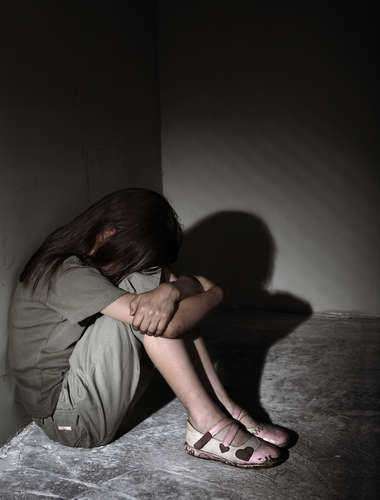
Child slavery is not a new phenomenon. Throughout history, children have been sold off into slavery to pay off family debt. Sometimes the children were sold in hopes of the child having a better life.
For more than a century, however, slavery has been abolished. Although the abolition of slavery has reduced the prominence of child slavery, it still exists – primarily in third-world, foreign countries.
Child slavery comes in many different forms. Some victims of child slavery may be forced to do simple labor such as farming or manufacturing. Children may also be enslaved to work as prostitutes.
Children are more exploitable than adults. This simple fact allows adults to trick vulnerable children and their impoverished parents. Child slavery in Asia has seen growth as a result of the economic boom in Asia. However, the subsequent bust of the economy has caused a growing gap between the rich and the poor, forcing families and villages into desperation.
Child trafficking is closely tied to child slavery, as children are gathered and sold in an underground market. Child slavery exploits the most vulnerable individuals in the entire world. Children are unable to protect themselves and are easily manipulated, leading to their exploitation by child traffickers.
With more and more families struggling to make enough money for survival, the problem of child slavery is not likely to go away on its own. If there are individuals poor enough to consider slavery a better alternative to their current life, slavery will always exist. If slavery exists, children, the most exploitable individuals in the world, will always fall victim to it.












